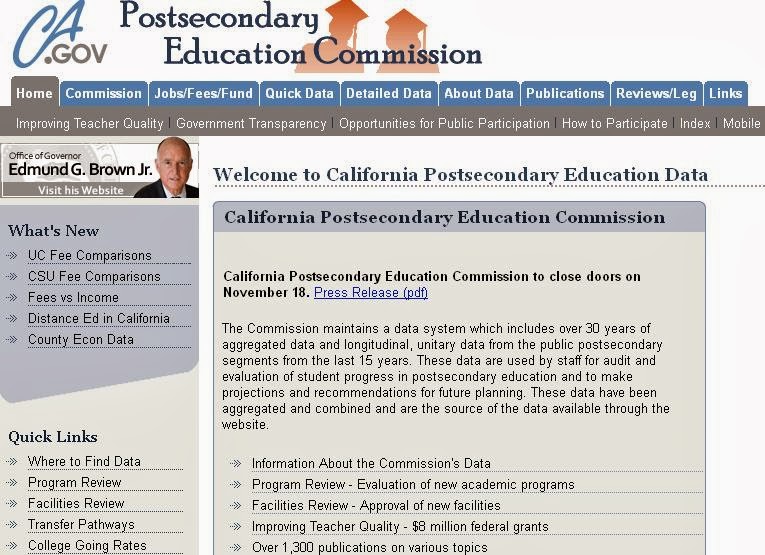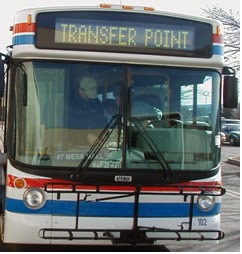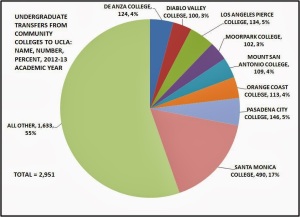 |
| Little (Herbert) Hoover |
The state’s Little Hoover Commission issued a report yesterday on public higher ed in California. Although the Sacramento Bee mentioned on Monday that such a report would come out on Tuesday, I could find no reference to it in today’s Bee. I looked on the LA Times and San Francisco Chronicle websites. (In all three, after seeing no articles, I searched their websites using such terms as “Little Hoover” without finding anything.) It’s a philosophical question whether a tree falling in a forest makes a noise if no one hears it. It’s less philosophical in this case. Maybe, just maybe, no one was impressed.
The report has the now-standard online course fixation. So no surprises there. The idea that California needs a new Master Plan is not a shocker either.
From a UC perspective, if you look at the press release from the Commission or its recommendations, there is one word that gets little attention: “research.” Did the Commission not know that only one out of ten dollars in the UC budget, primarily for core teaching, comes from the state? Did it not wonder what the other nine dollars were for? The main interest in research in the report is that it could create revenue for UC through patent royalties. Did theCommission really consider whether any of its recommendations might have repercussions on the research function? Or on hospitals run by UC?
Here is the press release from the Commission. Below that are the Commission’s ten recommendations. And below that is a link to the report.
========
FOR IMMEDIATE RELEASE
October 14, 2013
For Additional Information Contact:
Stuart Drown
Executive Director
(916) 445-2125
Commission Calls for New Master Plan
In a study released today, “A New Plan for a New Economy: Reimagining Higher Education,” the Little Hoover Commission calls for a new master plan for higher education that addresses both the state’s need to substantially increase the number of graduates and the reality that state resources are limited.
Though the state was well – served by the 1960 Master Plan, substantial changes in California, together with new opportunities , warrant a rethinking of the state’s strategy for higher education, one that looks at what best serves students and the state as a whole. “
The Master Plan is dead and probably has been for a long time. California’s future depends on a new, transformative Master Plan that will be smart enough to take us through the next 50 years,” Commission Chair Jonathan Shapiro said. The Great Recession forced state government to slash spending for public higher education and for public colleges and universities to turn away California students. California is recovering, but it must change its model for higher education if it hopes to meet the needs of a growing population and provide workers with the skills to compete in the world of the 21st century.
The Commission found that that the state lacks a strategy for achieving statewide goals for higher education. It urges California’s leaders to start the public discussion about how to change the state’s higher education system to meet the state’s current and future civic and workforce needs with the finite financial resources it has. The Commission found that online education has enormous potential to expand the reach of public higher education, if used in a manner that benefits students.
California’s colleges and universities already are using online courses, though they have yet to aggressively engage online education in ways that could help more students complete their programs on time and transfer course credits between systems. This is an area in which California higher education institutions, so long recognized as national leaders, should be setting the standard.
The Commission encourages the Legislature to provide incentives for developing online courses, particularly for high-demand and bottleneck courses, that would be awarded credit system – wide and, ideally, across all three segments.
The Little Hoover Commission is a bipartisan and independent state agency charged with recommending ways to improve the efficiency and effectiveness of state programs. The Commission’s recommendations are submitted to the Governor and the Legislature for their consideration and action.
========
Recommendations from report:
Recommendation 1: The Governor and the Legislature should direct the development of a New Master Plan for California Higher Education. The New Master Plan should lay out goals and a public agenda for higher education aimed at the needs of students and the needs of the state as a whole to increase the number of Californians with higher education.
Recommendation 2: The Governor and the Legislature, in drafting the New Master Plan, should draw from students, alumni, civic organizations, local governments and business and economic development groups, as well as from the higher education institutions themselves.
Recommendation 3: The Governor and Legislature should encourage the drafters to think responsibly about how higher education is structured, and through the New Master Plan process, re-examine the rationale for how the three-tier system is currently organized and to explore greater campus-level specialization in all segments.
Recommendation 4: To encourage enrollment in higher education, improve higher education completion and reduce costs of remedial courses, the Legislature should provide incentives for districts and colleges to collaborate and expand counseling and outreach to middle schools and high schools in areas that have both state college campuses and community college districts.
Recommendation 5: Link a portion of funding to progress in achieving targeted goals.
Recommendation 6: The Governor and the Legislature should create an oversight body with the authority, or give the Department of Finance the authority, to obtain financial, workload and outcomes data from all institutions of California public higher education and require coordination among segments on data collection and transfer policies.
Recommendation 7: To improve transparency and public understanding of how its resources are used, the University of California should standardize its budgeting systems across campuses as well as standardize its measures for faculty workload and educational outcomes and post this data in a form that can be assessed and analyzed by the public.
Recommendation 8: The Legislature should provide incentives for developing high-demand introductory courses and bottleneck courses, such as prerequisite courses, that can be transferred for both content and unit credit to all campuses at all three segments of California’s public higher education system.
Recommendation 9: The Legislature should provide incentives for developing online courses for high-demand introductory courses, bottleneck prerequisite courses and remedial courses that demonstrate effective learning. To qualify, the course must be able to be awarded course and unit credit, at a minimum, at all California community colleges, or all California state universities, or all campuses of the University of California. Better yet would be courses that would be awarded credit at any campuses of all three segments. Courses could be designed by private or nonprofit entities according to college and university criteria.
Recommendation 10: The Legislature should develop incentives for the creation of a student-focused Internet portal that aggregates individual student records into master transcripts of classes they have taken at different institutions. The Legislature should require that sufficient privacy measures be incorporated into the portal and that California’s higher education institutions cooperate in the release of individual student data.









